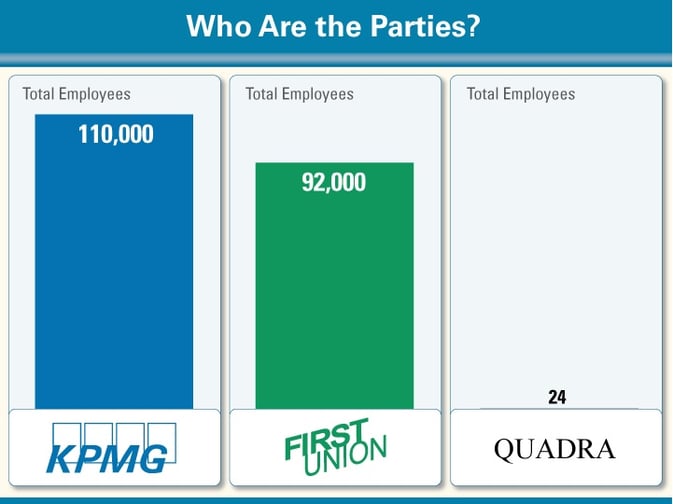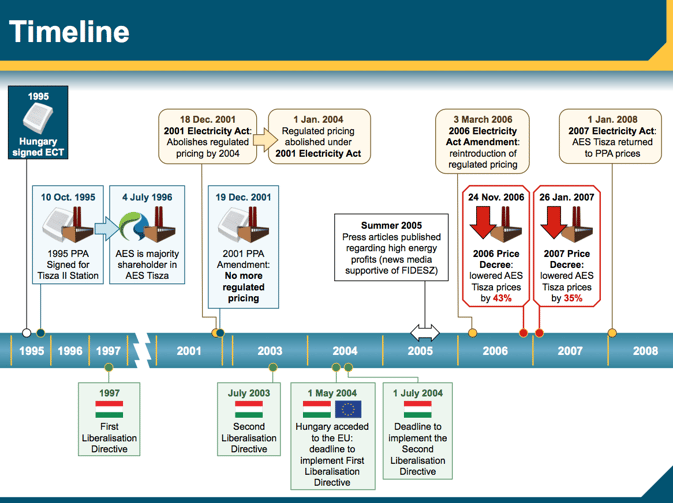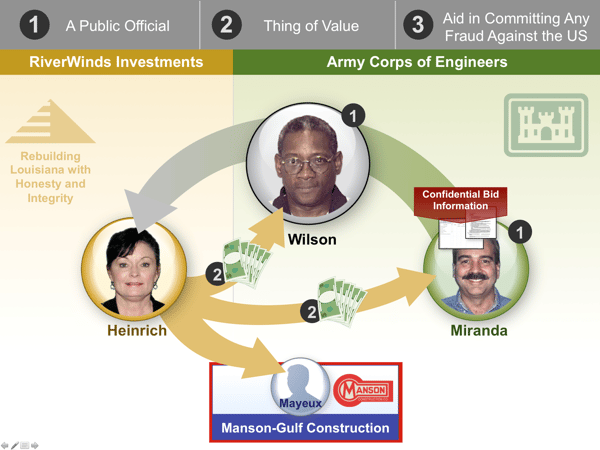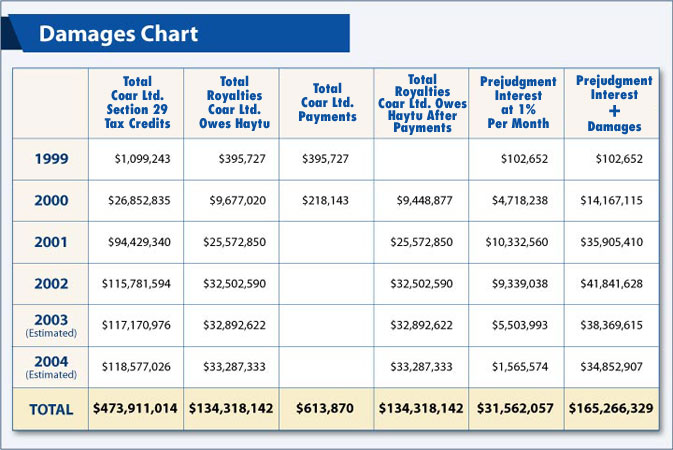A former A2L jury consultant
and
Kenneth J. Lopez, J.D.
Founder/CEO
A2L Consulting
Having conducted hundreds of mock trials and observed and polled jurors in hundreds of actual trials, we see the jurors asking the same questions over and over again – questions that the trial presentation should have answered.
In view of that, here are five different subjects for trial graphics that are almost sure to answer some jurors' question in every case. They are so standard as scene-setters that they almost always have a place in a trial. Without them, triers of fact often feel as if they have come in after the movie started and that they can't rewind to get the answers.
These five trial graphics fill in important blanks, prevent confusion, and create the foundation to tell your story, your way. Imagine the difference between being introduced to someone merely by name (“This is John Doe”), to whom you nod politely, but in whom you are unlikely to take interest -- and being introduced more fully (“This is Professor John Doe, who is in charge of research on meteors at M.I.T.”), whom you now likely have greater interest to get to know.
1. An organizational trial graphic or players chart showing the major players, their relationships, and their role in the case as you see them.

A players chart answers questions like:
Who initiated the relationship?
What did each need or bring to it? Why?
Who is in charge?
Who did what?
Who knows whom?
What are the coalitions and who are adversaries?
Who was a good or bad actor?
A2L is hiring! Know a talented presentation designer for our DC headquarters?
2. A chronology and timeline of key events that shows what happened in what sequence, which leads to conclusions about cause and effect.

A timeline or chronology answers questions like:
When did the relationship start?
What happened during the "courtship" and "honeymoon" periods?
When did things go wrong?
When did the deterioration start?
What happened just before or after it?
When did the relationship end?
How did each side react?
3. What each gained or lost from the events in the case. This shows motive or the lack of it, equity, value and other important points.

A gain/loss, events, or elements trial graphic answers questions like:
What did each put in or take out of the situation?
What was their value?
Does it seem fair and balanced or not?
4. How the damages do or do not add up in a way that jurors can follow along by themselves, simply.

If lay jurors cannot “do the math” in their own terms, it’s hard to convince them to award or mitigate damages. They can't fight opposing views just by taking your word for it or decide the battle of the experts in the experts' terms.
5. Who is...?
Charts that show the identity of the litigants or key players and play up or down their history, size, wealth or function can make or break how triers of fact view them, blame or credit them, determine who is the victim, apportion fault and damages, decide credibility and reach other important conclusions about liability and damages. Are they so rich that damages won't affect them? Are they so experienced that they should have known better? Are they so well credentialed, that you should believe them, even if you don't quite understand them?
Without answering these essential who/what/where/when/why questions that accompany any case, you may not be able to satisfy the triers of fact when it comes to the more challenging questions of the case at hand. Instead of depriving them of this important information, make it handy.
Other articles and resources related to using a trial graphic, litigation graphics, demonstrative evidence, and winning using these tools:
- Free Download: A 50-Page Guidebook of Example Trial Timelines
- 5 Problems with Trial Graphics
- Why Trial Graphics are an Essential Persuasion Tool for Litigators
- Submit a conflicts check related to a trial graphics need
- Free Webinar: How to Use PowerPoint Trial Graphics for a Win
- Download: Using Trial Graphics in the Best Way Possible
- New Study: A Graphically Immersive Trial Presentation Works Best
- 16 PowerPoint Litigation Graphics You Won't Believe Are PowerPoint
- 12 Reasons Bullet Points Are Bad (in Trial Graphics or Anywhere)
- 6 Studies That Support Litigation Graphics in Courtroom Presentations
- Why reading PowerPoint litigation graphics slides hurts your trial presentation's effectiveness
- Why shouldn't I just make my own PowerPoint slides?
- 5 Problems with Trial Graphics
- 12 Questions to Ask When Hiring a Trial Graphics Consultant
- Why Trial Tech ≠ Litigation Graphics
- 13 Reasons Law Firm Litigation Graphics Departments Have Bad Luck
- 7 Questions Will Save You Money with Litigation Graphics Consultants
- 16 Litigation Graphics Lessons for Mid-Sized Law Firms
- 7 Reasons Litigation Graphics Consultants are Essential Even When Clients Have In-House Expertise
- Download: The Role and Value of Litigation Consultants Explained






Leave a Comment